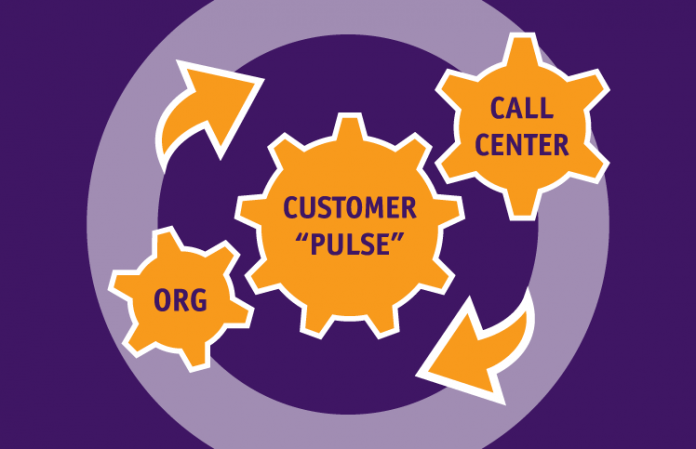
Becoming a customer-centric organization typically requires a culture change that must be driven from the top. A collaborative approach that involves a close partnership with senior executives will ensure that customer-focused objectives have the type of high-level backing necessary to drive them throughout the organization.
Communication is a critical component of any change management effort. Being a good leader requires you to be effective at communicating your message to senior-level executives, your peers in other departments and functions, and your frontline staff. Each audience needs to clearly understand what changes they need to make in their specific roles to improve the customer experience.
Communicating to Senior Execs
You’re more likely to get executive support if you can provide customer-centric metrics and feedback that provide insights into what customers are experiencing rather than reporting solely on agent-level metrics. Conduct weekly, monthly and quarterly reviews that include customer metrics, such as customer effort scores, satisfaction survey scores, first-contact resolution and customer comments.
Provide monthly activities for executives to get closer to customers, such as regular “listen to the customer” activities, including monitoring calls, watching customer-impacting processes being done, conducting focus groups, and observing real customers using and/or talking about your products.
Communicating to Frontline Staff
At the frontline level, it’s critical to communicate how customers want to be treated, what they value most, and how it relates to each employee’s role and responsibilities. Continuously reinforce the importance of improving the customer experience by incorporating customer expectations into training programs and corporate communications.
In addition, it’s important to link the agents’ jobs and what they do every day to the organization’s customer-centric goals by sharing customer stories, customer experience performance results and other customer metrics in team meetings, on the company or department intranet, in newsletters, and through recognition and reward programs.
Driving Past the Silos
Many organizations are still separated into functional silos that create barriers to providing a quality customer experience. How can you move ahead with a customer initiative if you don’t have the support from other areas of the company?
Keep in mind that developing collaborative partnerships with senior executives and key leaders in other functional areas is an ongoing process. Reach out as often as possible to your peers and educate them on the center’s role. Provide them with customer feedback that pertains to their area, along with suggestions for improvement.
Establishing a rapport with other corporate leaders and making sure that they’re well-educated about the contact center will allow you to be open and honest about changes that you want to execute.




